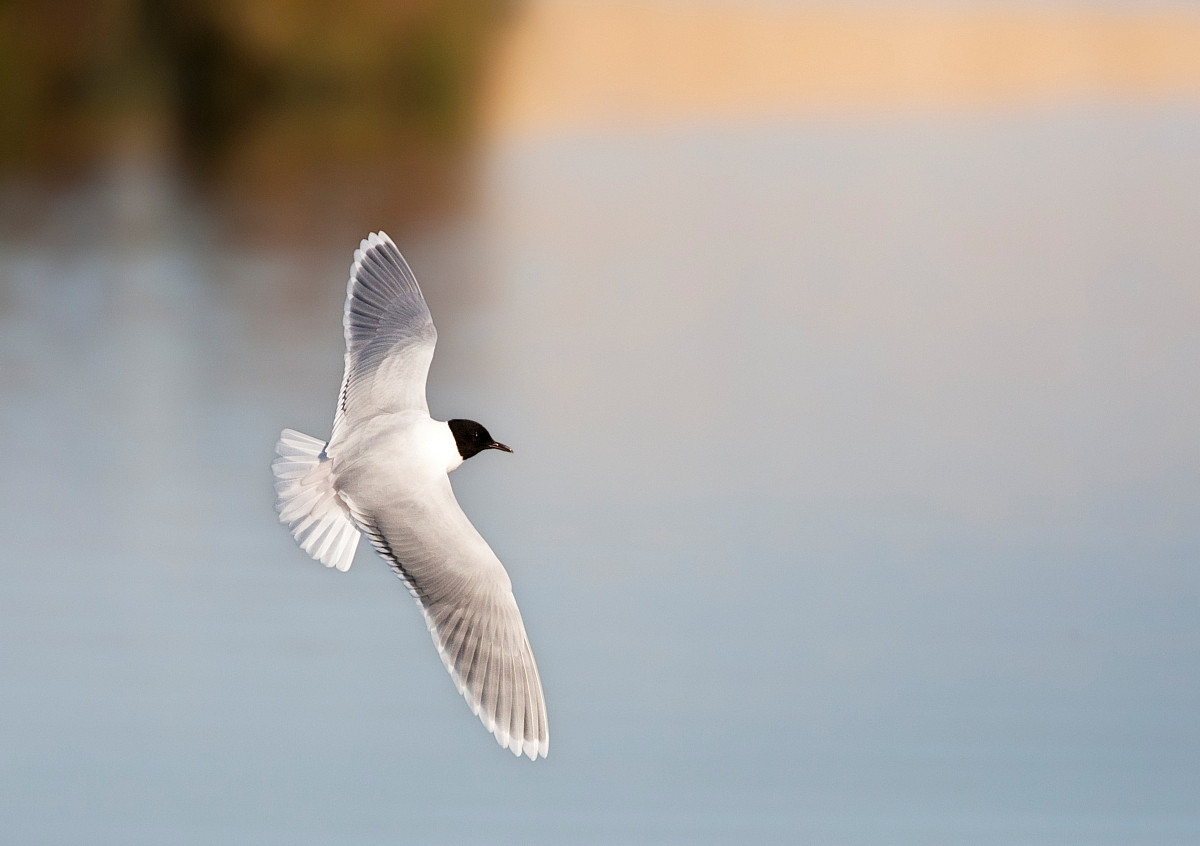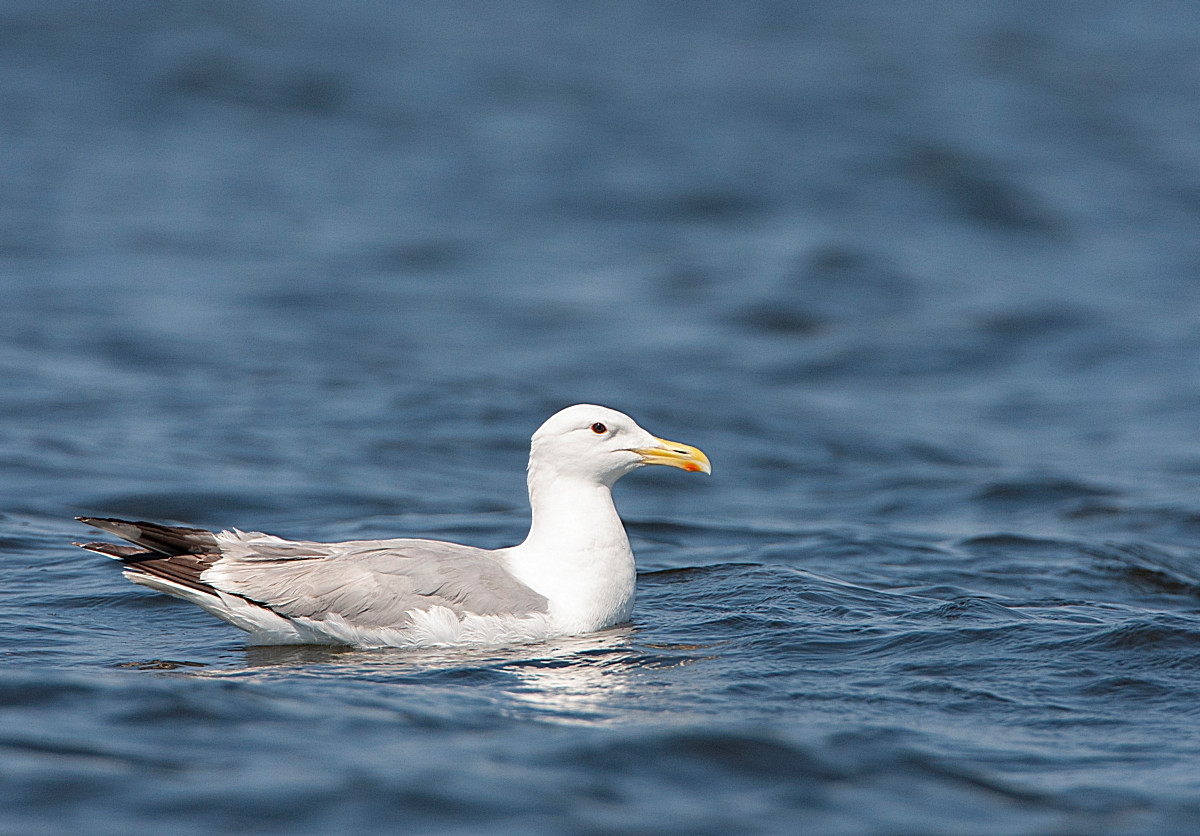Opis
The Callemoeie is a decommisioned sand extraction pit that features (deep) open water, a beach, some willow bushes and reedbeds. It attracts large number of birds, all year round, but viewing conditions are often terrible as the site is fenced. Depending on reed and willow size, you can only see half of the beach, and also a large part of the open water is not easily viewable. Nevertheless this site is one of the top sites in the region and often provides some surprises. The sandy beach is unique in the region (where mudflads are more common) and is an excellent place for waders (czajka, biegus zmienny, sieweczka obrożna , ostrygojad) and many more) during migration (spring and fall). Also large groups of geese (bernikla kanadyjska, gęsiówka egipska, gęgawa) rest on the beach, in winter and spring together with ducks (krakwa, świstun, Płaskonos. The deep lake attrackts ducks (czernica, głowienka, sometimes ogorzałka) and grebes (perkoz dwuczuby, zausznik, perkozek). The lake is also a sleeping area for gulls during winter (all regional species, but also mewa białogłowa in winter). During migration terns (rybitwa rzeczna, rybitwa czarna) visit the lake, and it is one of the better places to find mewa mała in Flanders.
It is difficult to see birds in the reedbeds and willow bushes, but you can often hear wierzbówka zwyczajna, potrzos or słowik rdzawy.
Szczegóły
Dostęp
*update 2021*
Update: The road south of the lake features best views. This road is no longer accessible by car. best parking is indicated on the map.
There is a large fence around the site and you have to watch birds from this public road through the fence. About half of the beach has good visibility, and also a large part of the open water. Do not try to climb over the fence.






